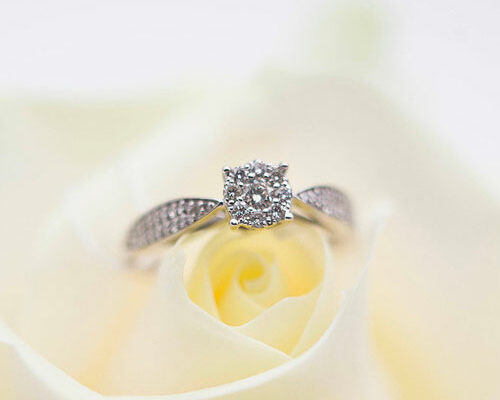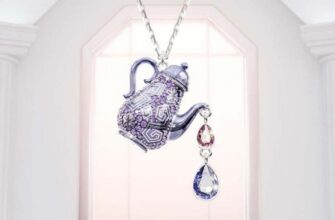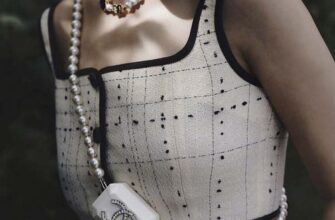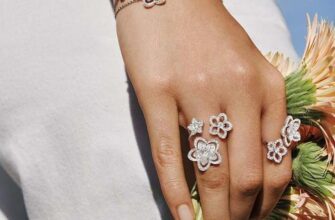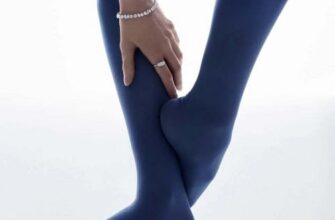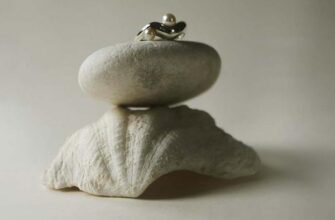It is no coincidence that a diamond is called the king of stones: the mineral is hard - it is difficult to scratch it, it sparkles beautifully in the rays of light, showing iridescent color tints, and is also quite rare, which significantly affects its value. However, not all minerals have the same high characteristics. Let's see what you should pay attention to when buying.

Occasion and decoration design
The first thing to start with is to determine the purpose of the purchase. Engagement, wedding, formal event, cocktail or everyday use of the product - each of these events dictates its own rules in the design of diamond rings.
An engagement ring requires constant wear, so small diamonds are usually used for this type of jewelry.
The same applies to rings for everyday wear, they are most often used for small single minerals or placers in order to demonstrate the radiance of the jewelry.
For engagement rings and rings, either one large stone or several stones are often used (the central one is large, the rest are smaller, complementary).
A cocktail ring, as a rule, is a large and complex composition - the attention of others is attracted by a scattering of small stones or a group of medium-sized diamonds.

Characteristics of minerals
Having decided on the first two points, we turn to the characteristics of the stones. In a professional environment, jewelers evaluate minerals according to a special system that affects four parameters: weight, color, clarity and cut of a diamond. When buying a ring, pay attention to the tag where they are indicated.
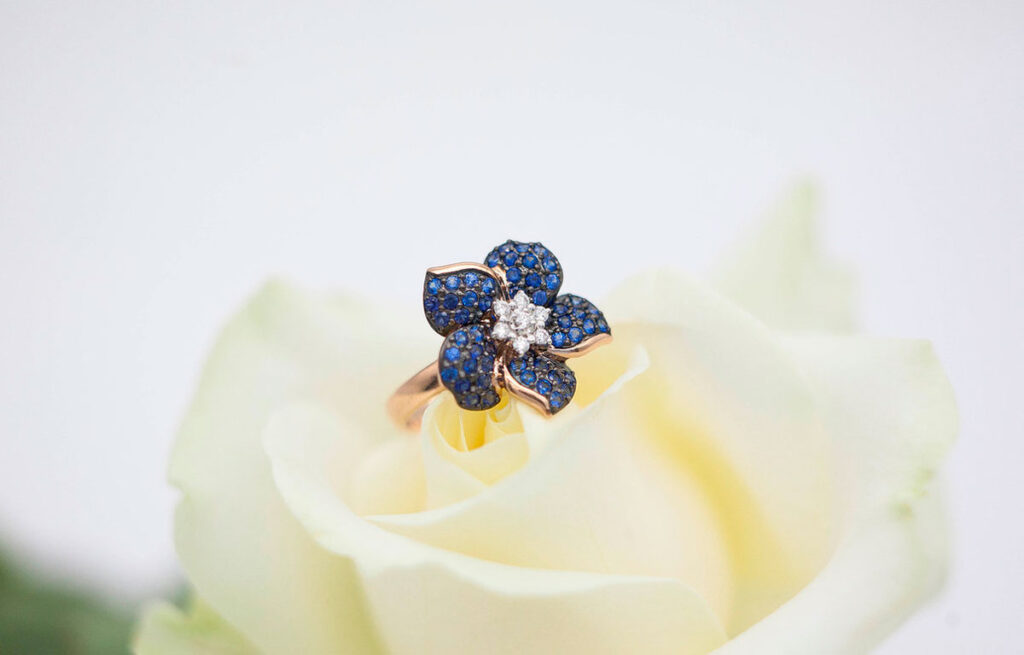
Diamond weight
The weight of diamonds is measured in carats. One carat is equal to 0,2 grams. The greater the weight, the more expensive the mineral. In accordance with this characteristic, diamonds are divided into three groups:
| Small – up to 0,29 carats
average – 0,3-0,99 carats Large – above 1,00 carats |
Diamond color
Diamonds are often called colorless stones, this is not entirely true - they differ in shades. On the tag, the shades are indicated by numbers from 1 to 9, where 1 is an almost transparent bluish tone, nine is a brown tone. The lower the numerical value, the higher the value of the stone - an almost transparent specimen will sparkle more than a colored one.
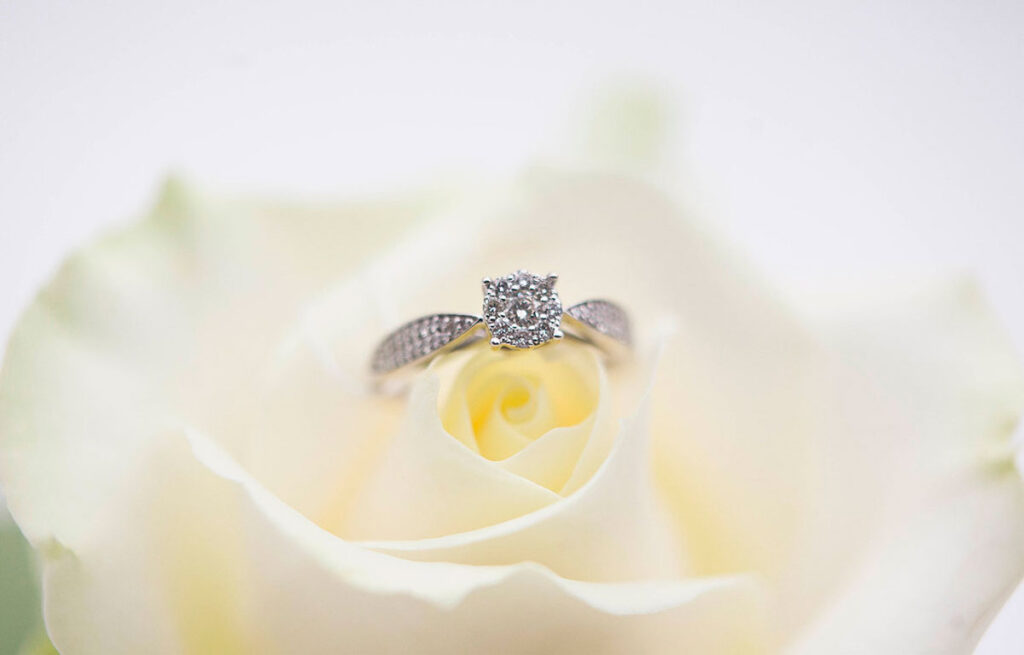
Diamond clarity
A natural diamond may have defects. Their presence is indicated by the purity of the stone. The fewer inclusions - cracks, dots, "clouds", the better: the rays of light will freely pass through the facets and refract inside the diamond. In the tag, the purity class is indicated by a number, where one is a stone without defects; accordingly, the higher the numerical value, the cheaper the diamond.
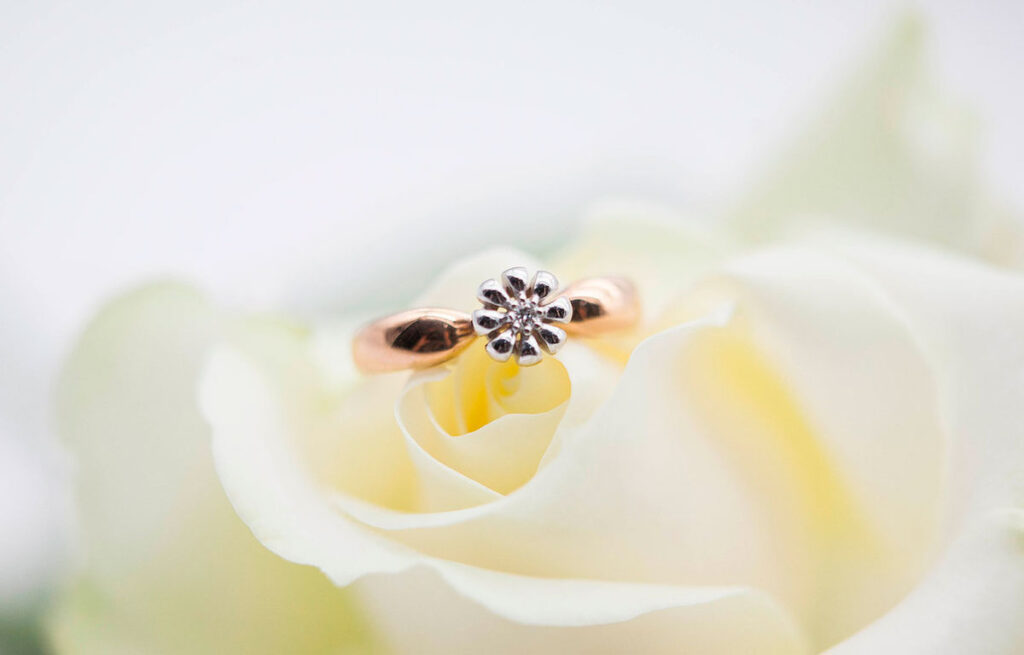
Diamond cut
The shape and quality of the cut are also important. The round shape of the cut, developed by mathematician Marcel Tolkowsky, is considered a world standard: a 57-faceted round pure diamond reflects almost all the light that passes through the facets, demonstrating excellent optical properties. The remaining types of cut are classified as fantasy: for example, “heart”, “marquis”, “trillion”, “square”, “oval”. Clean (without inclusions and defects) diamonds are often cut in the shape of a rectangle - "baguette", such processing is not as complicated as the classic round one, but it also shows the high quality of the stone.
The price is affected not only by the complexity, but also by the quality of the cut: experts evaluate the symmetry, facet proportions, polishing - if all these jewelry works are masterfully done, the diamond turns into a sparkling diamond.
